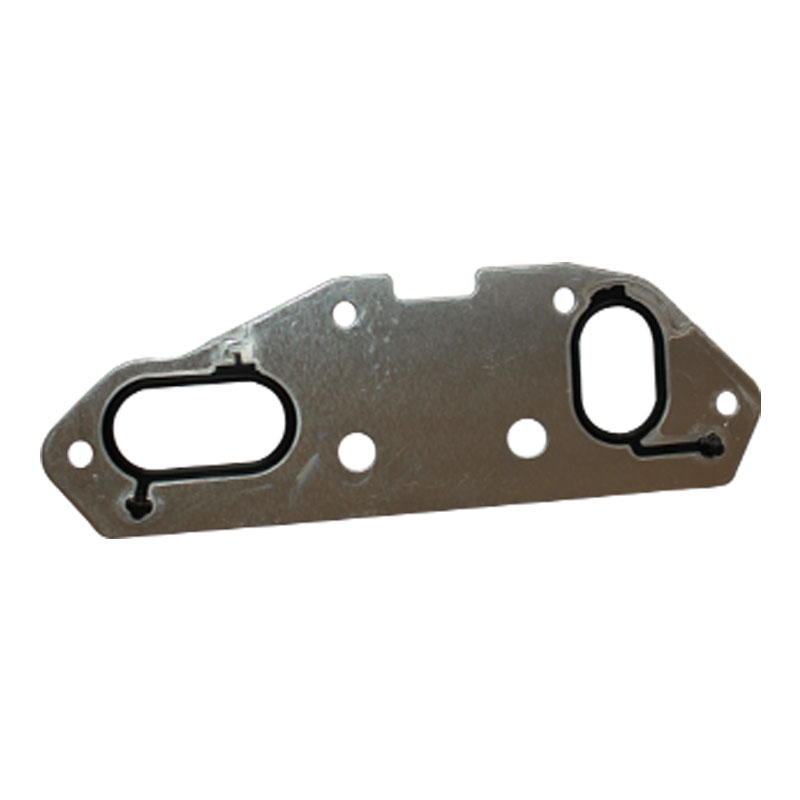Understanding the Importance of Rear Main Crank Seal in Engine Performance
Understanding Rear Main Crank Seal Importance, Symptoms, and Replacement
The rear main crank seal is a critical component of an engine's assembly. It serves the important function of preventing engine oil from leaking out of the crankcase at the rear of the engine, where the crankshaft exits the engine block. This small but essential part plays a significant role in maintaining the overall health and efficiency of an engine, making it vital for vehicle owners to understand its importance, potential failure symptoms, and the replacement process.
Importance of the Rear Main Crank Seal
The rear main crank seal is typically made of rubber, although sometimes other materials may be used. It is positioned at the rear of the crankshaft, effectively providing a barrier between the crankcase and the environment. The crankshaft rotates at high speeds, and as it does, the rear main seal helps ensure that the engine oil remains contained within the crankcase, thereby lubricating internal components and preventing parts from grinding against each other.
A properly functioning rear main seal contributes not only to the oil circulation within the engine but also plays a crucial role in maintaining the engine's oil pressure. If the seal starts to fail, the vehicle can experience oil leaks, leading to insufficient lubrication, increased friction, and ultimately, engine wear or damage.
Symptoms of Rear Main Crank Seal Failure
Recognizing the symptoms of a failing rear main crank seal is vital for any vehicle owner. Here are some common signs that may indicate it’s time to inspect or replace the seal
1. Oil Leaks One of the first and most noticeable symptoms is the presence of oil leaks. If you notice oil pooling underneath your vehicle—particularly at the rear of the engine—this could be a sign of a compromised rear main seal. Regularly checking the oil level and looking for signs of leaks can help catch potential issues early.
2. Oil Consumption If your engine is consuming more oil than usual, it could be due to a leaking rear main seal. A decline in oil levels without obvious external leaks can be symptomatic of oil escaping through the seal.
3. Oil Pressure Warning Light In some cases, a failing rear main seal may lead to a drop in oil pressure. If your vehicle's oil pressure warning light comes on, it's crucial to investigate immediately, as this can lead to severe engine damage.
4. Engine Performance Issues A compromised seal can lead to oil starvation in the engine, resulting in performance issues such as sluggish acceleration, increased engine noise, or rough idling.
rear main crank seal

Replacement Process
Replacing a rear main crank seal can be a challenging job and often requires a good mechanical understanding of your vehicle. Because it is located at the back of the engine, replacing the rear main seal usually involves removing the transmission or, in some cases, even lowering the engine.
1. Preparation Ensure you have the right tools and equipment, including a new rear main seal, gasket sealant, and engine oil for refilling.
2. Remove the Transmission This step typically requires you to disconnect the driveshaft and various components connected to the transmission.
3. Access the Seal Once the transmission is removed, the rear main seal can be accessed. Carefully remove the old seal, taking care not to damage the crankshaft or surrounding components.
4. Install New Seal Apply a light coat of oil to the new seal's lip and carefully install it, ensuring it is seated properly.
5. Reassemble the Transmission After the new rear main seal has been placed, reassemble the transmission and reconnect all components detached during the process.
6. Test for Leaks After reassembling, run the engine and check for any signs of oil leaks, ensuring that the new seal is functioning correctly.
Conclusion
Understanding the role and function of the rear main crank seal is crucial for maintaining the integrity of your vehicle’s engine. Regular maintenance can help identify potential issues early, saving time and additional expenses in the long run. If symptoms of seal failure arise, it’s important to address them promptly to avoid more serious engine problems. Whether performing the replacement yourself or taking your vehicle to a professional, ensuring the rear main seal is in good condition is a key factor in keeping your engine running smoothly for years to come.
-
Understanding the Front Main Engine Seal: Purpose, Maintenance, and Installation
News Jul.29,2025
-
Understanding O-Rings and Seal Rings: Types, Applications, and Custom Solutions
News Jul.29,2025
-
Understanding Crankshaft Oil Seals: Rear Seals, Pulley Seals, and Their Role in Engine Integrity
News Jul.29,2025
-
The Importance of Front and Rear Crankshaft Seals in Engine Performance and Oil Management
News Jul.29,2025
-
Crank Oil Seals: Functions, Types, and Cost Considerations in Engine Maintenance
News Jul.29,2025
-
A Comprehensive Guide to O-Rings and Seals: Types, Materials, and Global Applications
News Jul.29,2025
-
Mastering Diesel and Performance Engine Maintenance: A Guide to Critical Oil Gaskets
News Jul.28,2025
Products categories















